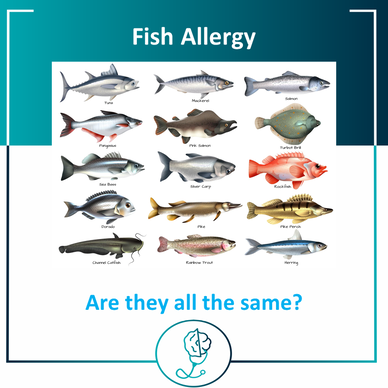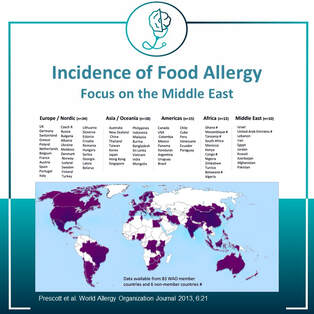Fish Allergy

Contact Dermititis
27/11/2021
Shellfish Allergy
15/12/2021Although 𝐟𝐢𝐬𝐡 𝐚𝐥𝐥𝐞𝐫𝐠𝐲 is common, fortunately, it is not as common as other allergies.
Its incidence varies from country to country, and around 40% of people with fish allergy had their first reaction when they were adults.
In 𝘌𝘶𝘳𝘰𝘱𝘦, less than 0.1% of children have a fish allergy.
- The protein causing most of the allergic reactions is called 𝐏𝐚𝐫𝐯𝐚𝐥𝐛𝐮𝐦𝐢𝐧, and it exists in the fish’s muscle.
- Some species will have other allergens, which might also lead to allergic reactions.


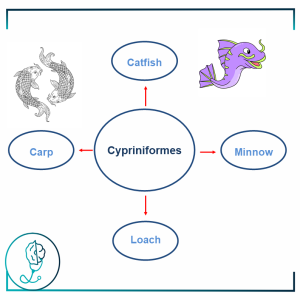
𝐂𝐨𝐝 has been the primary source of studies and information regarding fish allergy.
Though most fishes contain this protein, this 𝐃𝐎𝐄𝐒 𝐍𝐎𝐓 mean that an allergy to a fish will lead to an allergy to all fish.
- Expect to have cross-reactions between fish in the same family (see the tables I made) but to a lesser extent between fish from different groups.
- Studies show that, in this case, the cross-reactivity is moderate or small.
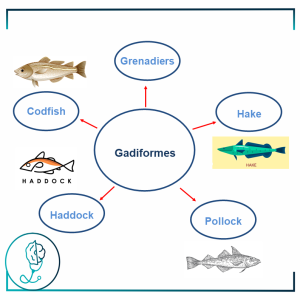
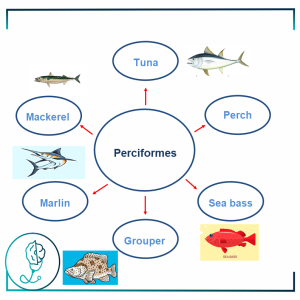
Some main aspects to note are the following:
- 𝐄𝐞𝐥 and 𝐜𝐨𝐝 likely cross-react
- 𝐀𝐧𝐜𝐡𝐨𝐯𝐲 and 𝐜𝐨𝐝 cross-sensitivity is found in nearly 35% of children
- 𝐀𝐧𝐜𝐡𝐨𝐯𝐲 has a high content of 𝘩𝘪𝘴𝘵𝘢𝘮𝘪𝘯𝘦, so some reactions might not be allergic
- 𝐅𝐢𝐬𝐡 𝐠𝐞𝐥𝐚𝐭𝐢𝐧𝐞 is used in medication, like in 𝘷𝘢𝘤𝘤𝘪𝘯𝘦𝘴, but generally do not lead to a reaction in people who are allergic to fish
- Fish allergies typically are 𝐥𝐢𝐟𝐞𝐥𝐨𝐧𝐠
There are cases in which an apparent allergic reaction to fish has normal investigations.
- In some cases, this might be due to the presence of a parasite called 𝐀𝐧𝐢𝐬𝐚𝐤𝐢𝐬.
- Investigation for this parasite should be done through blood tests.
Final note:
Think of the fish in a 𝘧𝘪𝘴𝘩 𝘵𝘢𝘯𝘬!



